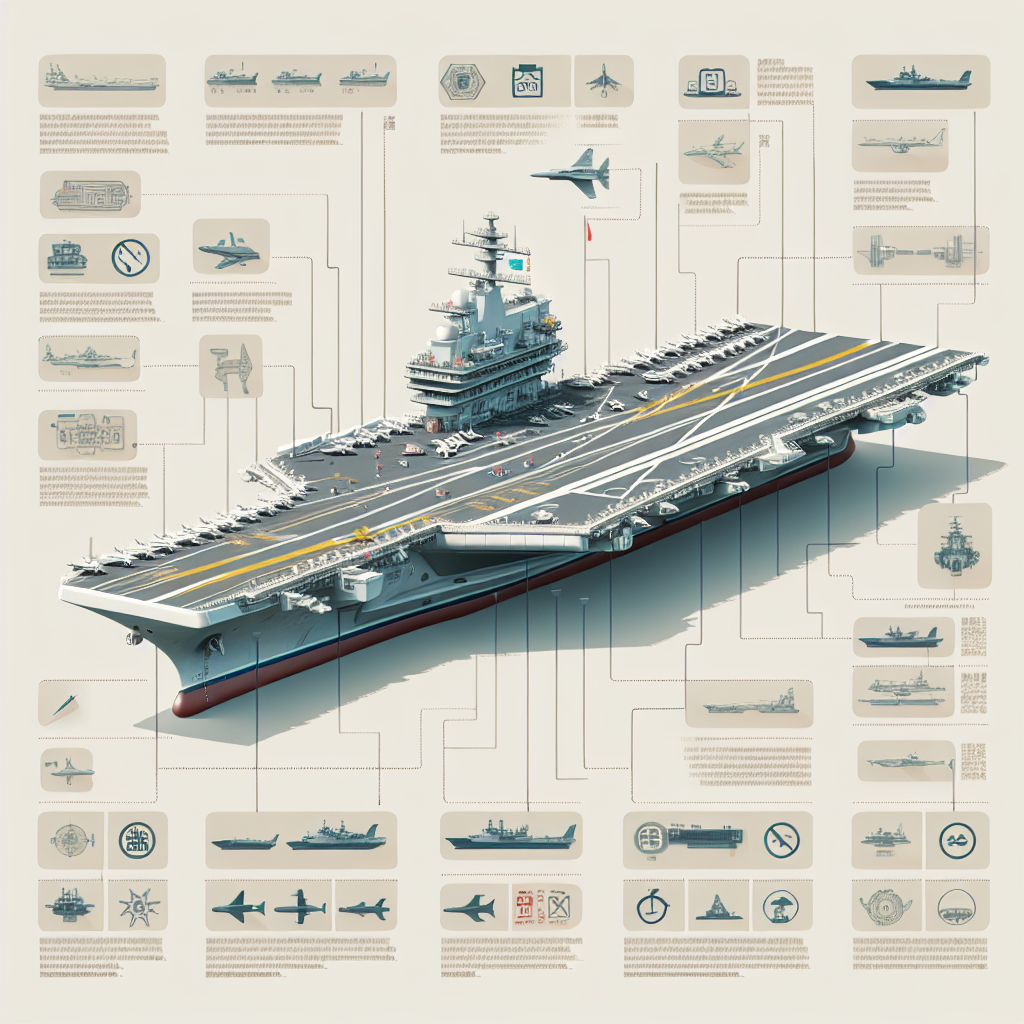In recent days, the third aircraft carrier of the Communist Party of China (CPC), the “Fujian Ship,” has officially entered service. Several former U.S. Navy officers had previously analyzed that the carrier has issues such as power system limitations and deck design flaws, calling into question its combat capability.
On the afternoon of November 5, the commissioning ceremony marking the official service of the Fujian Ship took place at a military port in Sanya, Hainan. According to Xinhua News Agency, Cai Qi, Director of the General Office of the CPC Central Committee, attended the ceremony, with the newly appointed Vice Chairman of the CPC Central Military Commission, Zhang Shengmin, presiding over the event. Xi Jinping presented the flag and inspected the ship, but the specifications were noticeably lower.
With a full displacement of over 80,000 tons, the Fujian Ship was launched in June 2022 and conducted carrier aircraft take-off and landing training in September this year.
The delivery of the Fujian Ship has attracted attention overseas. Independent commentator X commented on social media platform X that because “Xi Jinping personally decided that the Fujian Ship should use electromagnetic catapult technology,” now he has come to the catapult control station to press the catapult button. X criticized the decision as a performance carried out by a madman in charge and watched by fools, with deceit behind the scenes.
Netizen “Mr. Tao Miao” commented that the Fujian Ship is not meant for combat, but rather to uphold appearances in the party media and embellish the image of the Communist Party. When the system is corrupt, technology is copied, and military discipline is compromised, even a large carrier is just a “steel lie” floating on the sea.
The Fujian Ship is a mimicry of U.S. aircraft carriers by the CPC and is the first to adopt a flat deck design and an electromagnetic catapult. Xinhua News Agency’s report specifically emphasized that Xi Jinping “personally made the decision” for the Fujian Ship to use electromagnetic catapult technology.
The report stated that Xi Jinping was at the catapult control station, where he pressed the button, but the catapult was not loaded with carrier aircraft.
Senior military commentator Shen Zhou wrote that the original design of the Fujian Ship used two steam catapults. After seeing the successful adoption of electromagnetic catapults by the U.S. USS Gerald R. Ford, a proposal for electromagnetic catapults was put forward. The development process involves designing, researching, and building simultaneously, with many key technologies not fully understood, and at least the nuclear power system was not successfully obtained.
He mentioned issues of reliability with electromagnetic catapults, as it is a newly developed technology. The USS Gerald R. Ford, delivered on May 31, 2017, took until September 2022 to achieve the standard of 4,166 consecutive fault-free catapults before announcing its “initial operational capability.” If the Fujian Ship cannot consistently complete a certain number of catapults, it cannot truly be deployed.
Regarding the actual combat capabilities of the Fujian Ship, Colonel Carl Schuster, a former U.S. Navy officer who served on two aircraft carriers, evaluated, “The combat capability of the ‘Fujian Ship’ is only about 60% of the Nimitz-class.” The USS Nimitz is the oldest active aircraft carrier in the United States, commissioned in May 1975.
Lieutenant Colonel Keith Stewart, a former Navy pilot, pointed out after reviewing photos of the Fujian Ship’s flight deck that the design of the flight deck limits the simultaneous take-off and landing speeds of fighter jets, a key reason for the lower combat capability assessment.
Matthew Funaiole, a senior research associate at the Center for Strategic and International Studies (CSIS) China Program, previously told CNN that the Fujian Ship has three major flaws: 1. Conventional power system as an “oil guzzler,” with non-nuclear power limiting endurance; 2. Deck design with “confused workflow,” affecting aircraft scheduling efficiency; 3. Severe lack of operational experience and a shortage of accumulated combat training.
By: No name, No date

